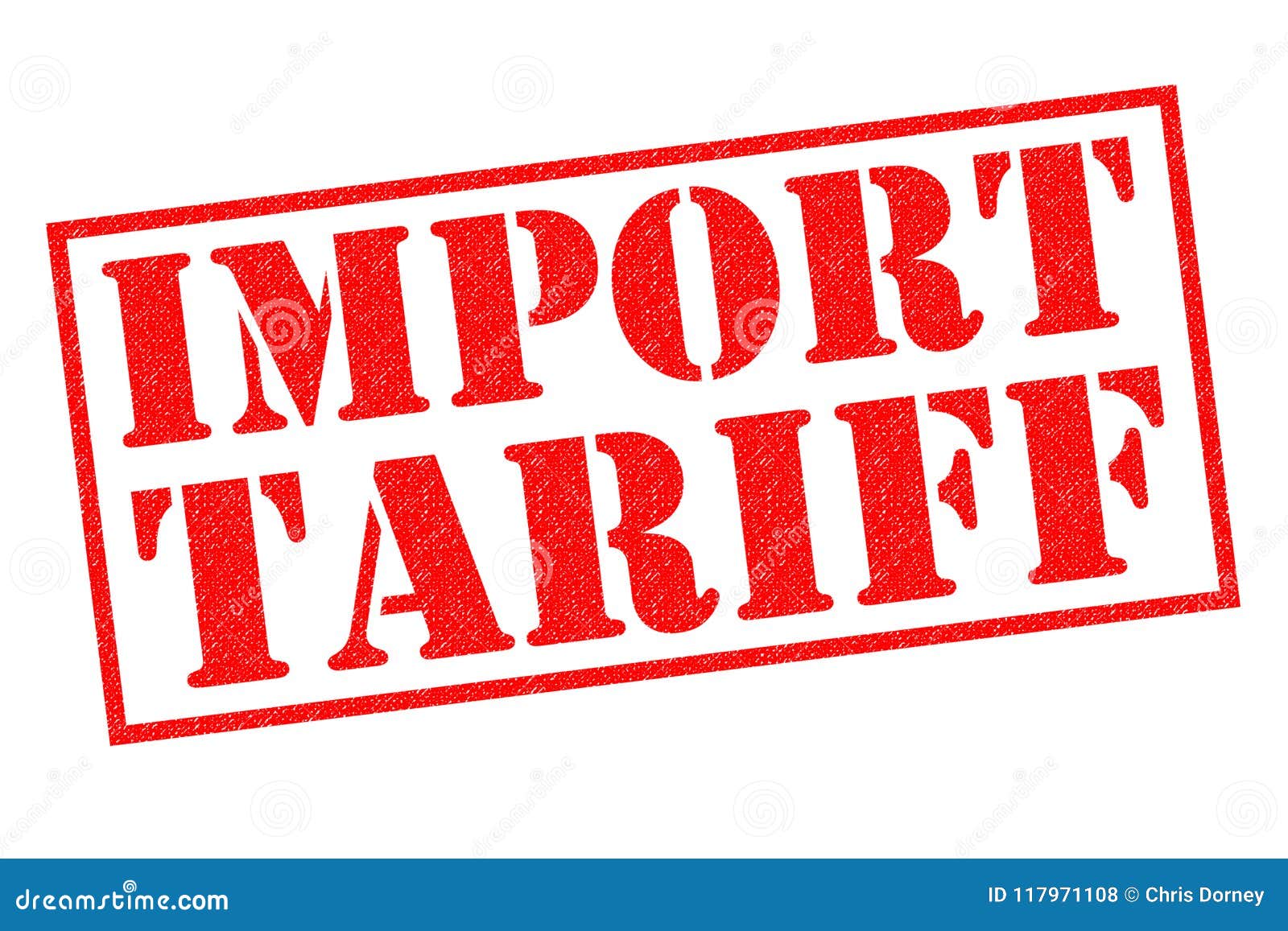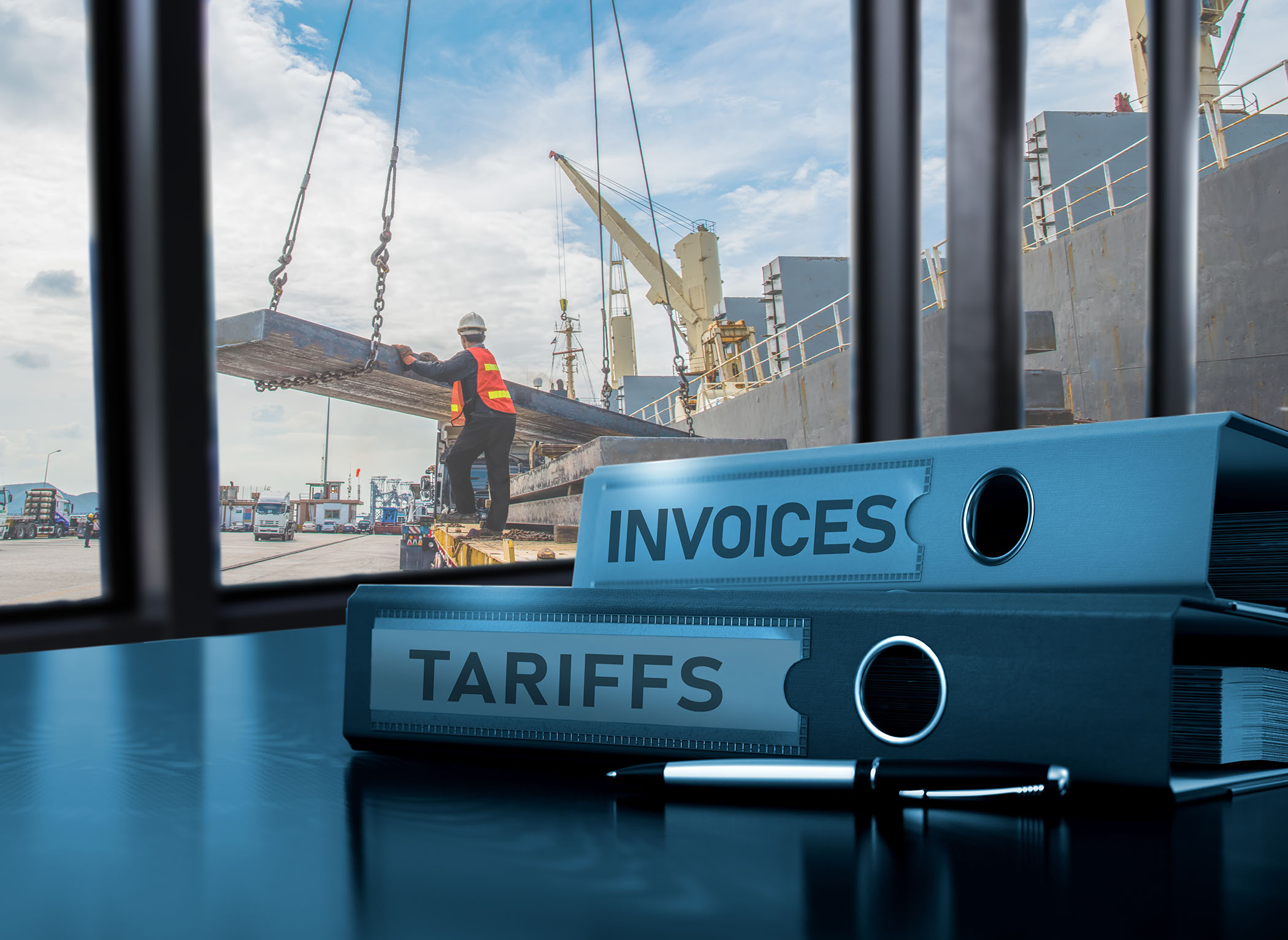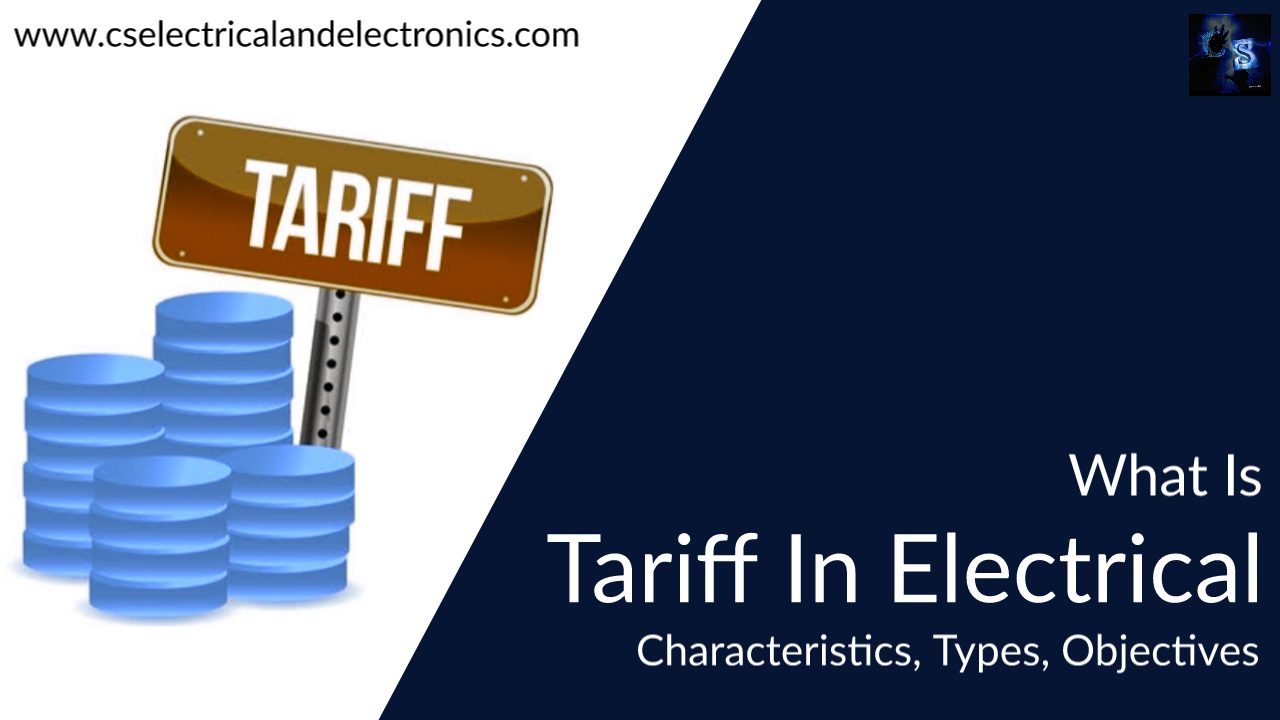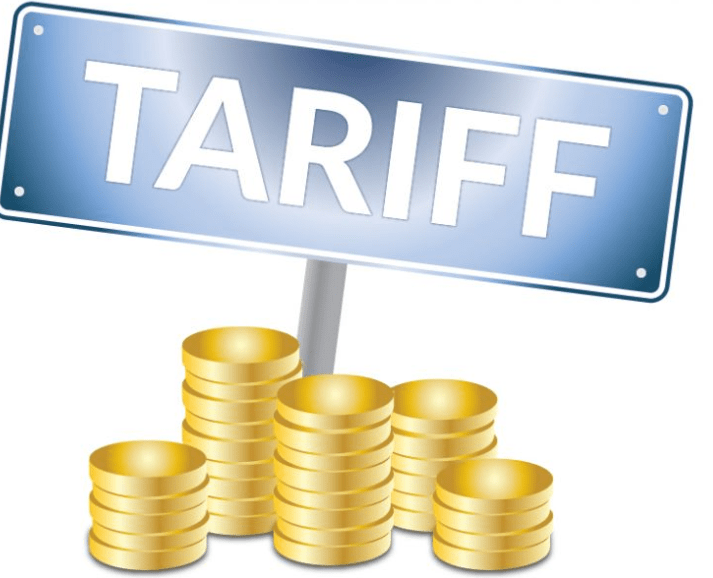Table of Contents
- TARIFF Text on Red Grungy Rectangle Stamp Stock Illustration ...
- The effects of tariff rates on the U.S. economy: what the Producer ...
- What Is Tariff In Electrical, Characteristics, Types Of Tariff, Benefits
- Trump tariffs explained: Where things stand with Mexico, Canada, China
- Tariff Definition - Types of Tariffs
- Understanding Import Regulations And Customs Requirements For Exporting ...
- Tariff Rubber Stamp Over Chinese Flag Cartoon Vector | CartoonDealer ...
- US-China Tariff War and Apparel Sourcing: A Four-Year Review (updated ...
- Why It's Crucial to Read Your Tariff - Tariffs Reveal Additional Fees
- Why It's Crucial to Read Your Tariff - Tariffs Reveal Additional Fees



What are Tariffs?



How are Tariffs Imposed?


Who Pays Tariffs?
The question of who pays tariffs is often debated. While the tariff is technically paid by the importer, the cost is often passed on to the consumer. This is because importers typically factor the cost of the tariff into the price of the imported goods. As a result, consumers may end up paying higher prices for imported goods due to the tariff.Effects of Tariffs on Imports and Consumers
Tariffs can have significant effects on imports and consumers. Some of the key effects include: Increased prices: Tariffs can lead to higher prices for imported goods, making them less competitive in the domestic market. Reduced imports: Tariffs can reduce the volume of imports, as higher prices make imported goods less attractive to consumers. Increased domestic production: Tariffs can lead to increased domestic production, as local businesses take advantage of the protection afforded by the tariff.
Example of a Tariff
To illustrate how tariffs work, let's consider an example. Suppose the United States imposes a 10% tariff on imported steel from China. If a Chinese steel producer exports $100 worth of steel to the United States, the importer would be required to pay a $10 tariff (10% of $100). The importer may then pass on this cost to the consumer, increasing the price of the steel to $110. In conclusion, tariffs are an important aspect of international trade, with significant implications for businesses, consumers, and economies. Understanding how tariffs work, who pays them, and their effects on imports and consumers is crucial for navigating the complex world of global trade. While tariffs can provide protection for domestic industries, they can also lead to higher prices and reduced imports. As the global economy continues to evolve, the role of tariffs will remain a topic of debate and discussion.This article is for general information purposes only and is not intended to be taken as professional advice. For specific guidance on tariffs and international trade, consult with a qualified expert or relevant authorities.